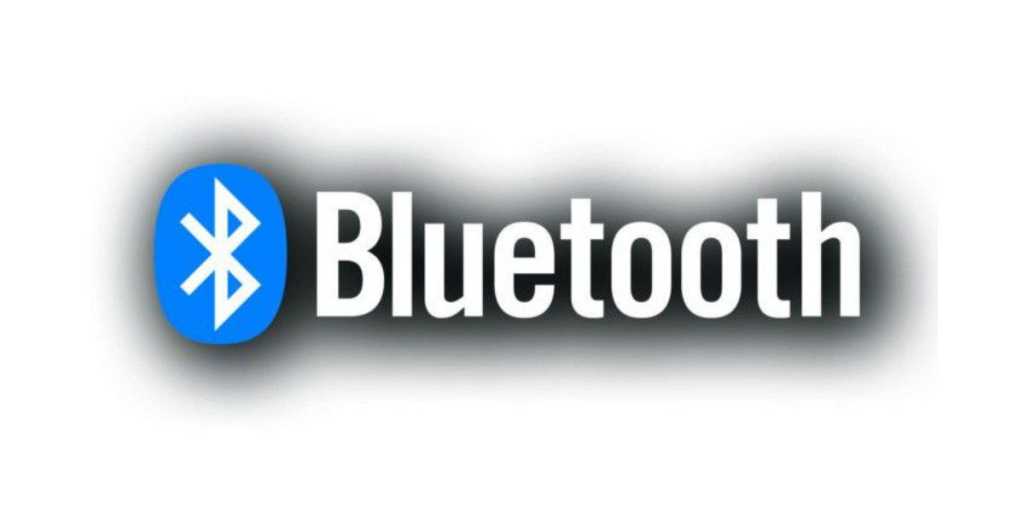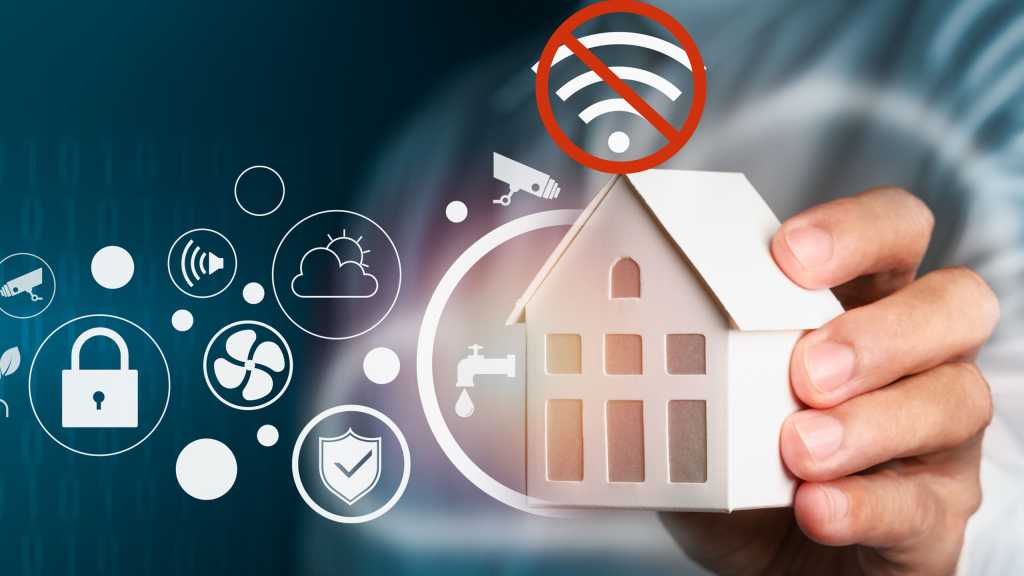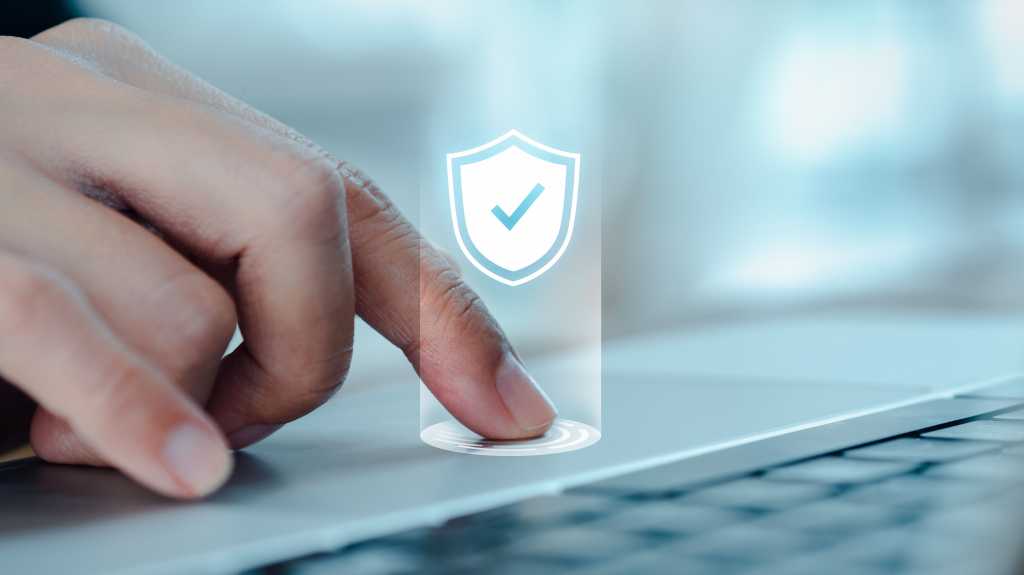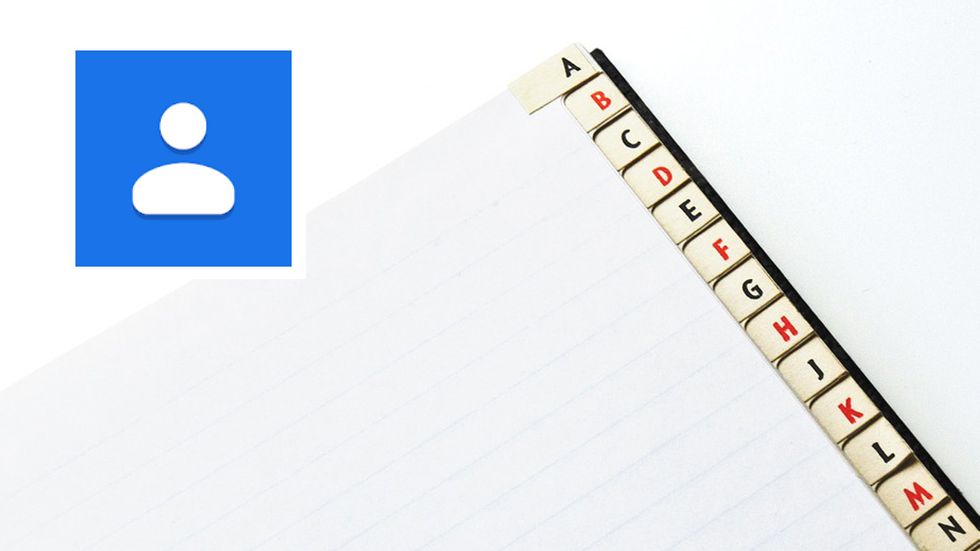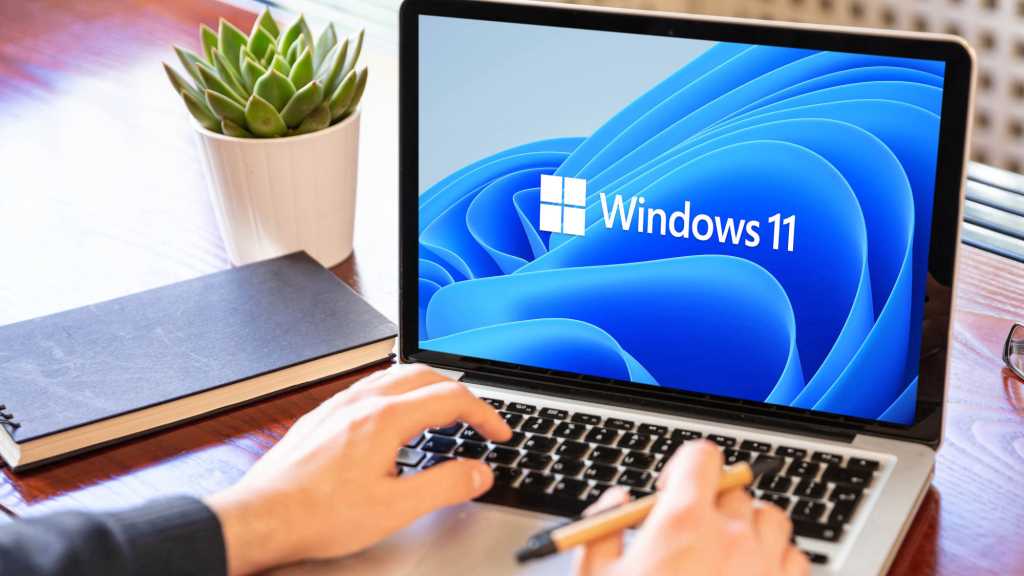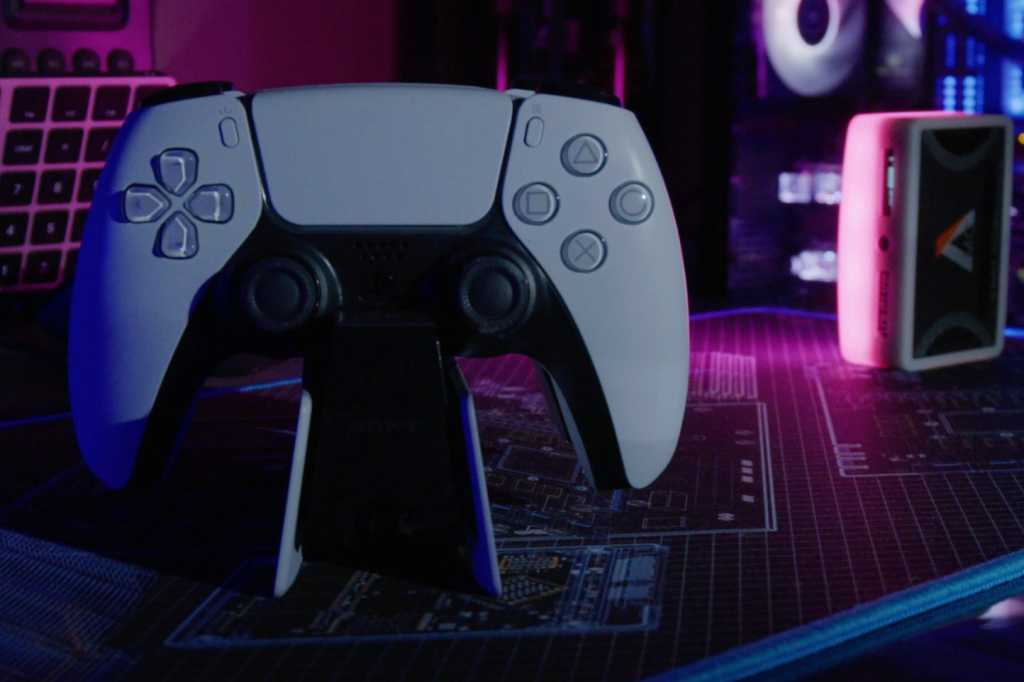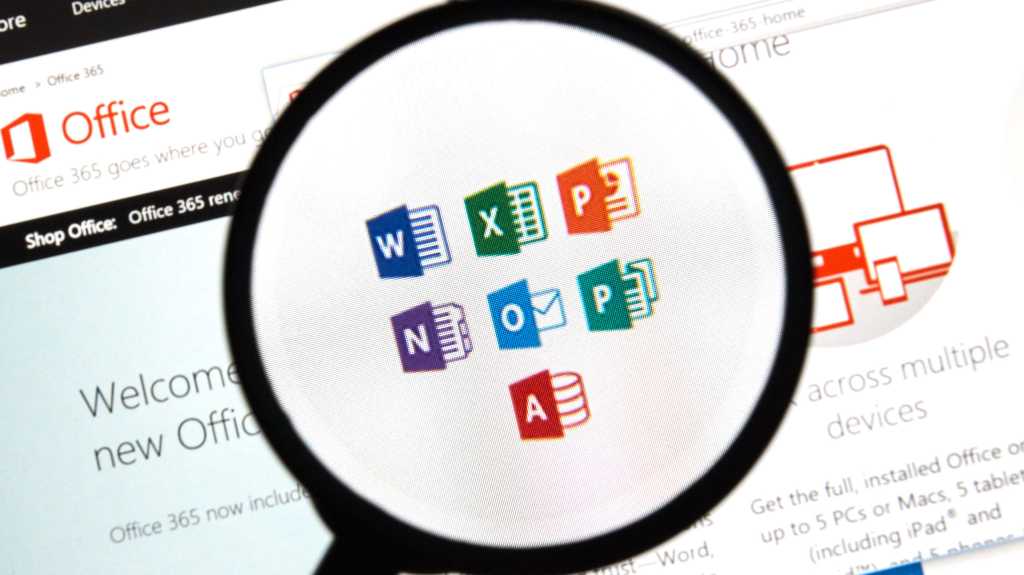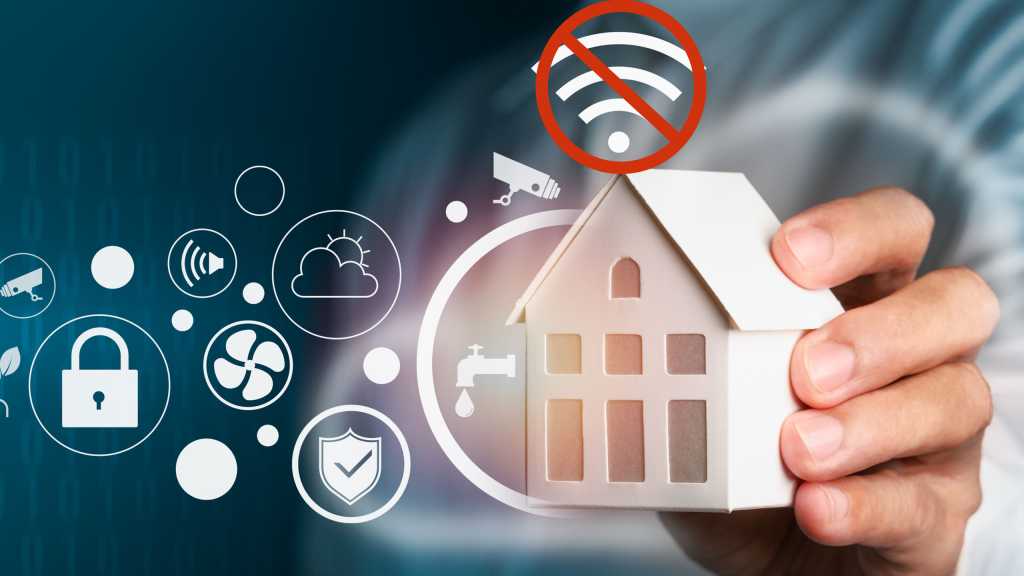If you’ve experienced the frustration of out-of-sync audio while enjoying movies or gaming with Bluetooth headphones or speakers, you’re not alone. Seeing an explosion on screen only to hear the boom moments later can be incredibly jarring. This delay, known as Bluetooth latency, can reach up to 150 milliseconds (0.15 seconds). While seemingly insignificant, this lag can disrupt your viewing experience. This article explores the causes of Bluetooth audio lag and provides effective solutions to eliminate or minimize it.
Understanding the Root of Bluetooth Lag
Before diving into solutions, let’s understand the underlying cause of audio lag. Even without Bluetooth, a slight delay exists between sound generation and its perception. Sound waves travel at approximately 761.2 mph, significantly slower than the speed of light that delivers visuals from your screen to your eyes. This difference in speed, combined with factors like the distance to your ears, eardrum signal relay, and brain processing time (around 7 milliseconds), contributes to inherent latency.
While our brains tolerate minor delays, adding tens or hundreds of milliseconds through Bluetooth transmission creates a noticeable discrepancy. Converting digital audio to analog takes mere milliseconds, but transmitting that data wirelessly adds 40 to 50 milliseconds even with low-latency codecs like aptX LL. However, both the transmitting and receiving devices must support aptX LL for it to be effective. Similarly, Bluetooth 5.0+ radios offer improved latency, but both devices need to be equipped with this technology. In worst-case scenarios, older technologies can lead to that dreaded 150-millisecond delay.
For music streaming without a visual component, latency is less noticeable. However, when watching videos or playing games, the audio-visual mismatch becomes glaringly apparent.
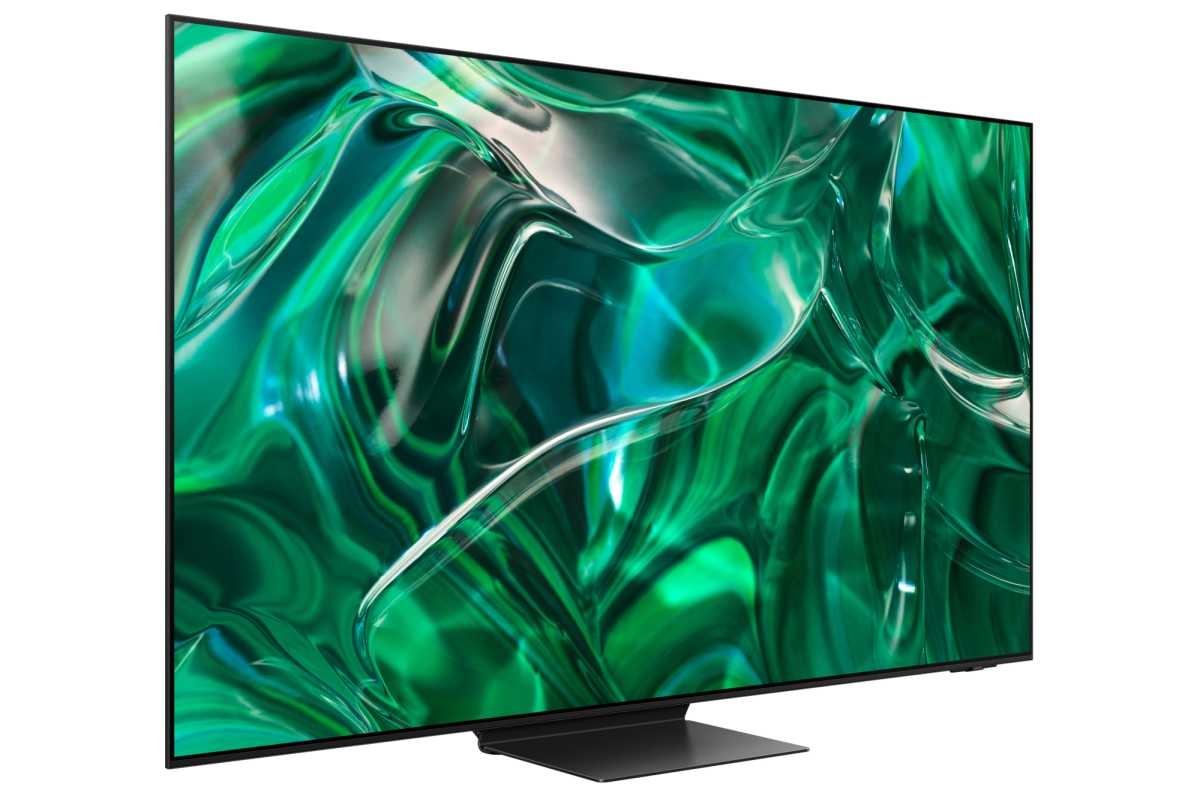 Samsung S95C OLED TVModern TVs, like the Samsung S95C OLED, often compensate for Bluetooth lag automatically.
Samsung S95C OLED TVModern TVs, like the Samsung S95C OLED, often compensate for Bluetooth lag automatically.
Automatic Latency Compensation in Modern TVs
Many modern TVs with integrated Bluetooth audio offer automatic latency compensation. While not always perfect, these TVs delay the video signal slightly to synchronize it with the audio, mitigating the lag. This automatic adjustment is often triggered upon initial pairing and refines over time.
This automatic compensation leverages Bluetooth device query/handshake functions to determine the latency and adjust accordingly. This feature, although sometimes undocumented, is a testament to manufacturers’ efforts to improve the Bluetooth audio experience.
Taking Control: Manual Latency Adjustment
Beyond automatic compensation, many TVs and media players offer manual latency adjustment settings. These settings, often found in advanced audio or Bluetooth device settings, allow you to fine-tune the audio-video synchronization.
VLC Player, for example, allows you to adjust audio timing using a negative number. A value of -200 shifts the audio 200 milliseconds forward relative to the video. Experiment with these settings to find the optimal synchronization point. Other TVs, like Vizio, offer dedicated Lip Sync features for precise adjustments. LG uses AV Sync Adjustment, and even Apple’s iOS incorporates automatic lag adjustment for streamed video, though this may not address Bluetooth-specific lag. While not all smart TVs, particularly those with Google TV, offer manual adjustment, the availability varies by manufacturer.
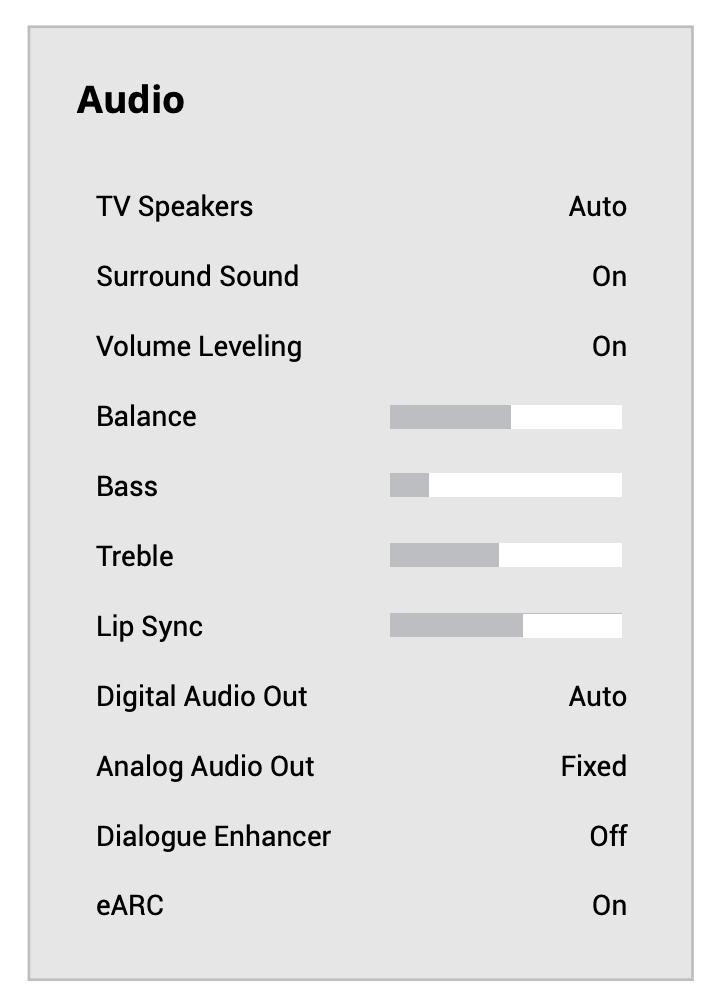 Vizio Lip SyncVizio TVs provide manual Lip Sync controls for precise audio-video synchronization.
Vizio Lip SyncVizio TVs provide manual Lip Sync controls for precise audio-video synchronization.
External Bluetooth Transceivers: An Alternative Solution
If your TV lacks built-in latency compensation, an external Bluetooth transmitter or transceiver can be a viable option. Devices like the Monoprice Bluetooth 5 Long Range Transmitter and Receiver can add Bluetooth functionality and potentially reduce lag. However, these devices often lack manual adjustment options and rely on low-latency codecs like aptX LL or AptX Adaptive, which require support from your headphones or speakers.
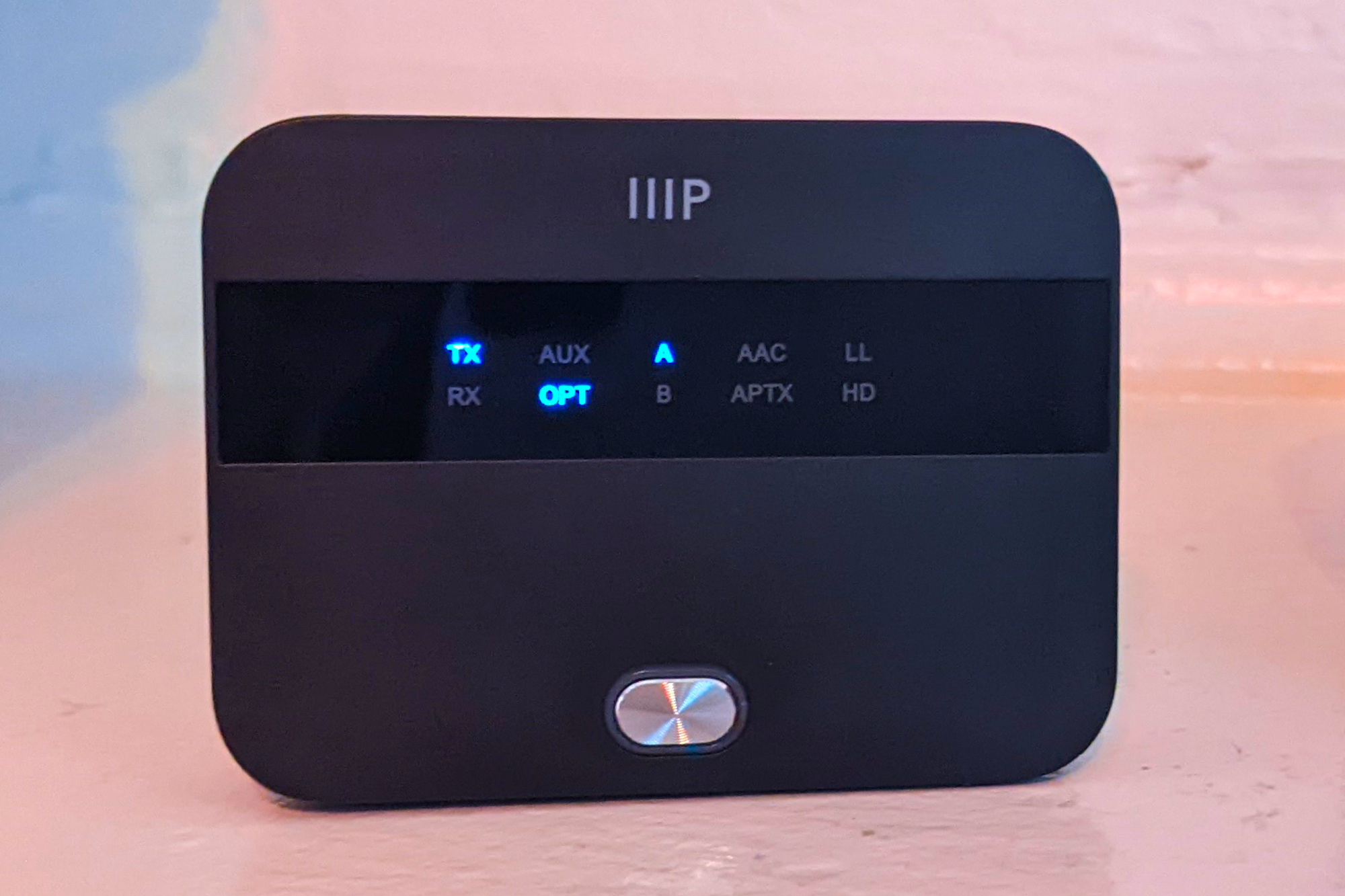 Monoprice Bluetooth TransceiverExternal Bluetooth transceivers, such as the Monoprice model, can offer a solution for TVs without built-in Bluetooth or latency compensation.
Monoprice Bluetooth TransceiverExternal Bluetooth transceivers, such as the Monoprice model, can offer a solution for TVs without built-in Bluetooth or latency compensation.
The Wired Solution: Guaranteed Lag-Free Audio
The most reliable way to eliminate audio lag is to embrace wired connections. Whether using HDMI for soundbars or A/V receivers, a 3.5mm line-level output for stereo systems, or directly connecting headphones, wired solutions guarantee synchronized audio and video. While potentially less convenient, wired connections provide a consistent, lag-free experience and eliminate concerns about battery life during critical moments.
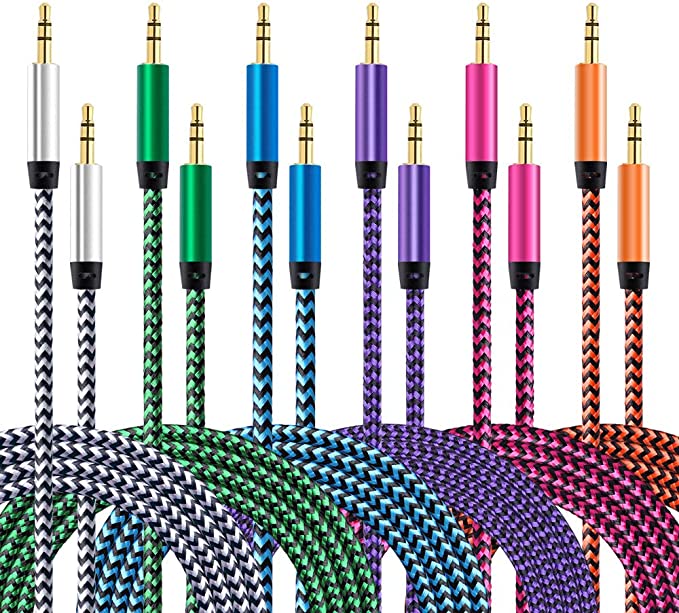 3.5mm Audio CablesWired connections, using cables like these 3.5mm audio cables, offer a reliable, lag-free audio experience.
3.5mm Audio CablesWired connections, using cables like these 3.5mm audio cables, offer a reliable, lag-free audio experience.
Conclusion: Reclaiming Your Audio-Visual Harmony
Bluetooth audio lag is a solvable problem. By understanding the causes and exploring the various solutions outlined above, you can minimize or eliminate this frustrating issue. Whether through automatic compensation, manual adjustments, external transceivers, or wired connections, you can reclaim seamless audio-visual synchronization and enjoy your entertainment without distractions.



